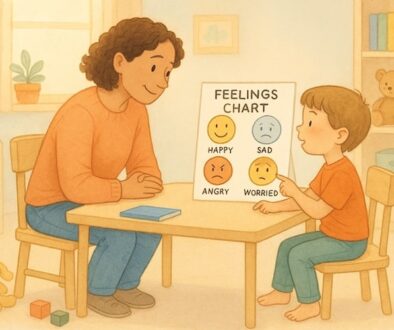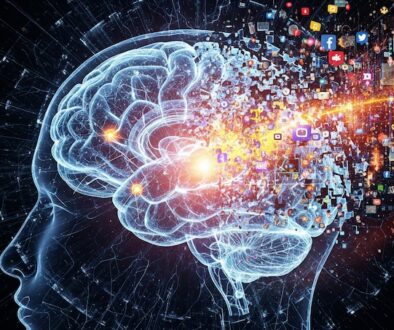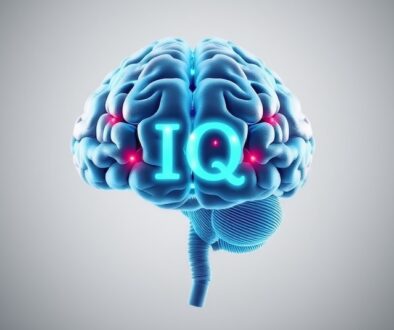A Healthy Life, The Natural Way (Ayurvedic Way)!
Being healthy. Being disease-free. Many believe that both are the one and the same. This thinking, however, is woefully wrong. Being disease-free translates into being devoid of any sickness. But that does not mean the well being of body and mind. Being healthy does. A body without any sickness is like a machine with all parts working without any trouble, but that need not mean that it is working well. We say a machine is working well when it is working extremely efficiently, is noise-free and smooth. Similarly, when a person is disease-free, happy, does not get tired or exhausted easily, is fresh and attentive, and full of other such attributes, he or she might be called healthy. Thus, being healthy necessarily means being disease-free, but being disease-free does not mean being healthy.
Being healthy is a way of life rather than an exception—this is what the ancients believed in. From their belief arose Ayurveda to aid the men to maintain a fit life and live long. The word Ayurveda comes from the Sanskrit word “Ayus” meaning life and “Veda” meaning to know.
Central to Ayurveda is the 5 ‘tattvas’ out of which a human body is made—Jal(Water), Vayu(Air), Prithvi(Earth), and Aakash(Sky), Agni(Fire). Any imbalance causes one or more of the ‘tridosha’ which are Vata, Pitta, Kapha. These are also the three body types. Vata is the combination of air and sky. When these two tendencies dominate in the body, it is called Vata type. Similarly, Pitta type relates to fire and Kapha relates to earth and water. Ideally, all three doshas should be in balance. When the balance is maintained the body is said to be healthy.
Maintaining the balance is actually very simple but also depends on the individual body types. A trained ayurvedic doctor can not only tell you the body type but also the nature of the imbalance in your body by merely examining the pulse. This is called “Nadi Pariksha”. By identifying the body type and the type of imbalance, the ayurvedic doctor then suggests a diet and sleep regime to keep your body healthy.
Some general guidelines for a healthy lifestyle that the Ayurveda recommends include:
- A ‘Sattvic Ahar’. There are three types of food or diet—tamasic, rajasic and Sattvik. Tamasic food induces sleep and is heavy, dull, and depressing. This includes sour and stale food, also heavy cheese, lamb, pork, and beef. Fruits such as plum and apricot also come under this category. Rajasic food includes sour cream, fish, shrimp, chicken, sour apples, sour cream, tamarind, etc. These food are hot, sour, and salty and act as irritants and stimulants. Sattvic food is easy to digest and brings in clarity and perception. This includes fresh fruits, vegetables, grains such as rice and no meat.
- Avoiding canned and frozen food—these food contain preservatives and other such ingredients which do not aid the body in any way, instead, add up to the unhealthy fat and cause diseases.
- Drinking 9-10 glasses of water every day.
- Sleeping for a minimum of 7 hours, 8 hours being the best. The Ayurveda says, sleeping from 10 at night to six in the morning just after the sunset is the best sleep duration as the natural body clock is set at that time.
- Taking fresh fruits and vegetables as required. It is fascinating that a lot of fruits and vegetables have an uncanny resemblance to the body parts to which they are beneficial. For example,
- The cross-section of a carrot resembles the eye with pupil and iris—the concentric circles. Research has proven that carrots greatly enhance the blood flow to the eyes.
- The walnut is shaped like a human brain with its two hemispheres and wrinkles. Studies show that walnuts help develops more than 36 neurotransmitters for the brain.
- The tomato is red in color and has four chambers just like the heart. A bunch of grapes will generally remind you of the shape of a heart. Both of them are known to give a boost to and vitalize the heart. The tomato contains lycopene which is extremely good for the heart.
- Kidney beans, that look like kidneys are actually good for kidney function!
This is but the tip of the iceberg. Many such examples can be found. For now though, give your eyes some rest, as too much exposure to the UV rays regurgitating screen of your PCs and Laptops aren’t too good either!



